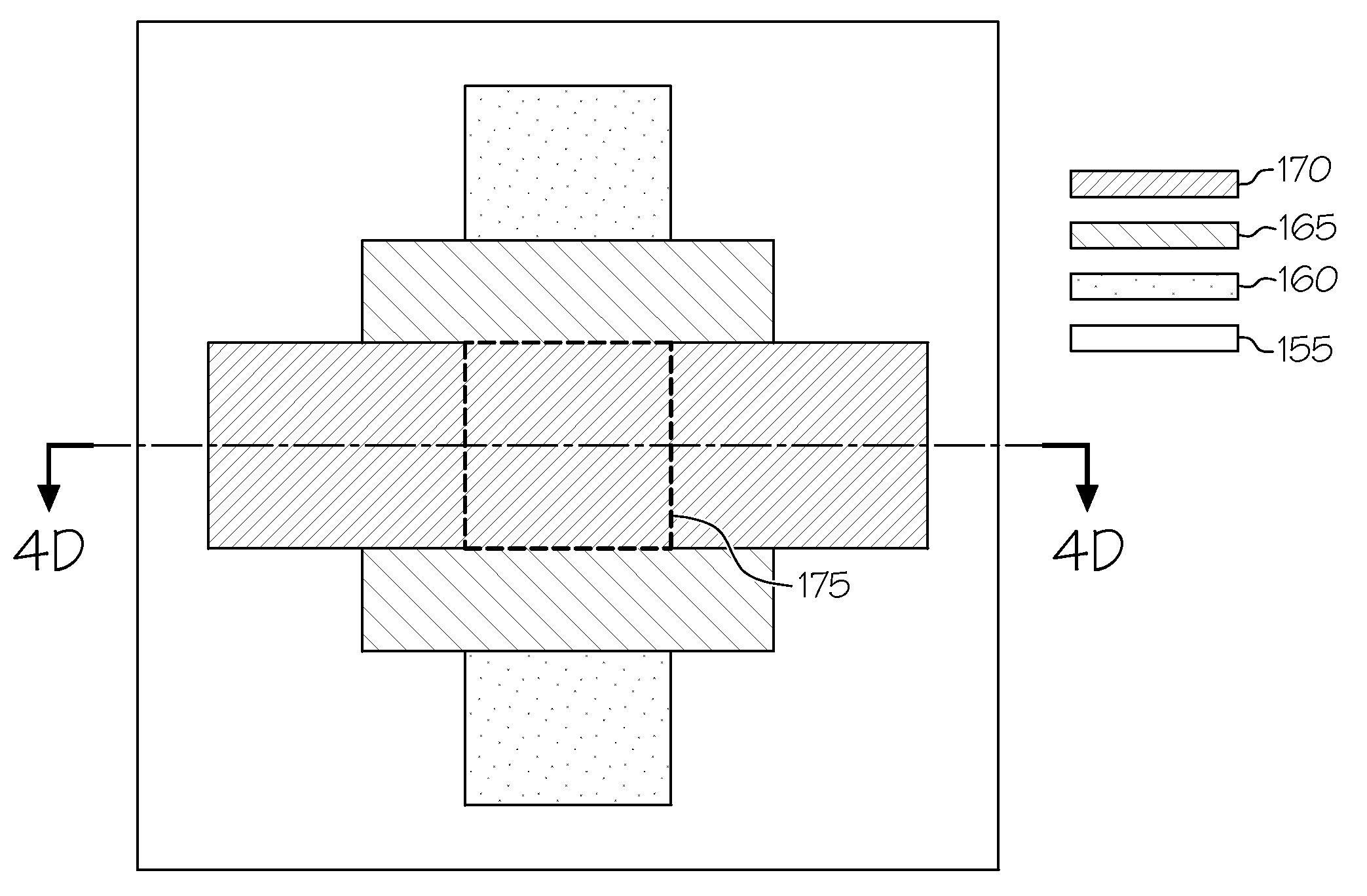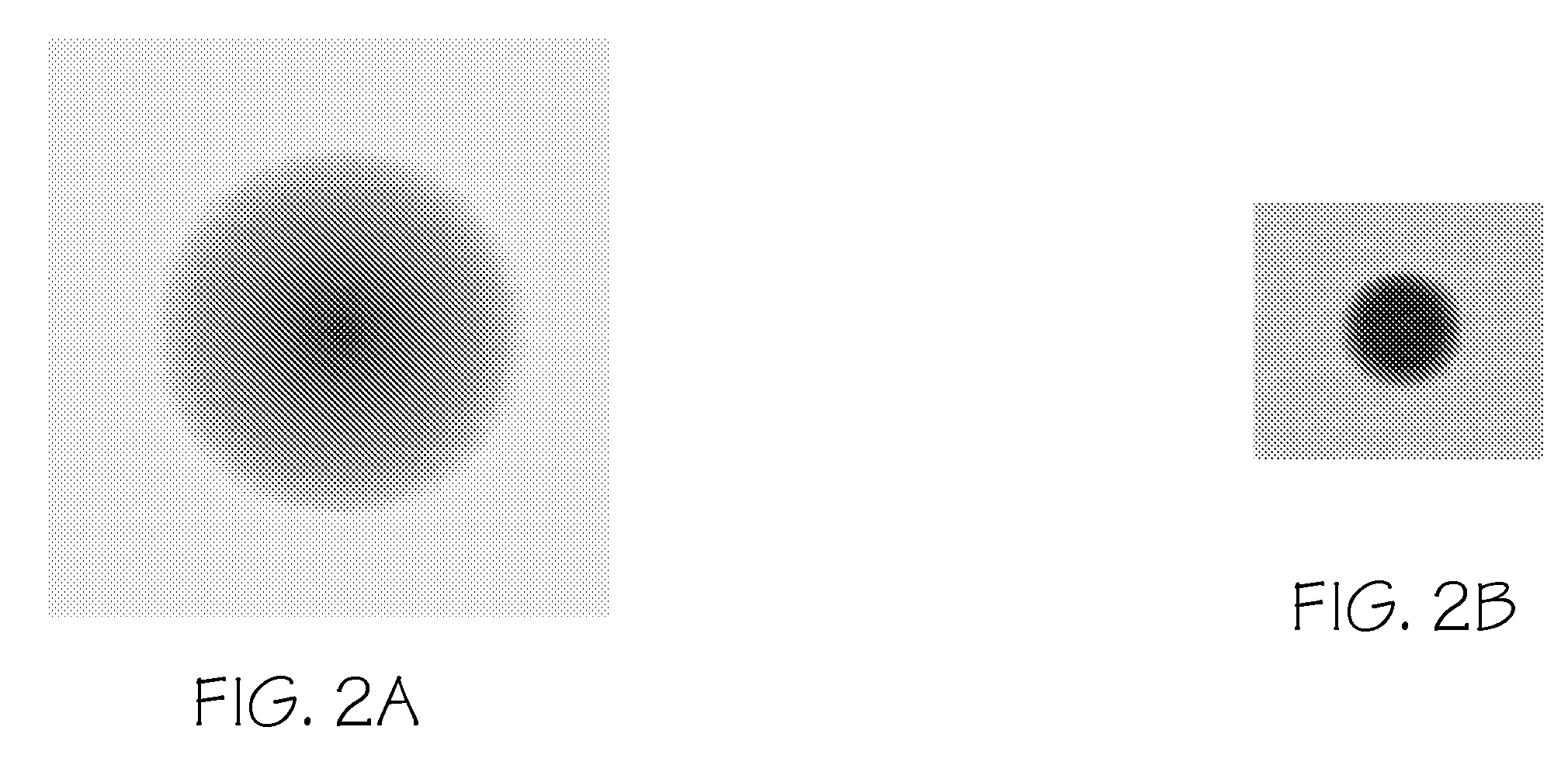Multilayer barrier stacks and methods of making multilayer barrier stacks
a technology of multi-layer barrier stacks and stacks, applied in the field of multi-layer barriers, can solve the problems of damage to devices encapsulated with multi-layer barrier stacks, degradation of many devices, and permeation of environmental gases, and achieve the effect of reducing damage to a polymeric decoupling layer
- Summary
- Abstract
- Description
- Claims
- Application Information
AI Technical Summary
Benefits of technology
Problems solved by technology
Method used
Image
Examples
Embodiment Construction
[0051] In addition to the device plasma damage to the environmentally sensitive device caused by the plasma used in depositing the barrier and / or decoupling layers, in some circumstances, the deposition of an inorganic barrier layer using plasma based process or other high energy process can cause damage to the polymer layer on which it is deposited. For example, when a barrier layer is deposited using a sputtering or reactive sputtering process, damage to the polymeric decoupling layer can result. For purposes of this discussion, we will refer to the damage to the polymeric decoupling layer by any high energy process as “polymer plasma damage.” However, those having skill in the art will recognize that high energy processes include both plasma based processes and other high energy processes which do not involve the use of plasma. In the context of this discussion, by high energy processes, we mean processes in which ion and neutral energy arriving at the substrate is greater than a...
PUM
| Property | Measurement | Unit |
|---|---|---|
| Temperature | aaaaa | aaaaa |
| Pressure | aaaaa | aaaaa |
| Pressure | aaaaa | aaaaa |
Abstract
Description
Claims
Application Information
 Login to View More
Login to View More - R&D
- Intellectual Property
- Life Sciences
- Materials
- Tech Scout
- Unparalleled Data Quality
- Higher Quality Content
- 60% Fewer Hallucinations
Browse by: Latest US Patents, China's latest patents, Technical Efficacy Thesaurus, Application Domain, Technology Topic, Popular Technical Reports.
© 2025 PatSnap. All rights reserved.Legal|Privacy policy|Modern Slavery Act Transparency Statement|Sitemap|About US| Contact US: help@patsnap.com



